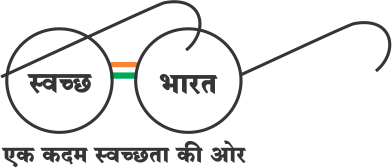Spur Gear
Introduction:
Spur gears are one of the most fundamental components in mechanical engineering, playing a crucial role in transmitting motion and power between shafts. In this blog post, we'll delve into the intricacies of spur gears, exploring their design, functionality, applications, and more.
What are Spur Gears?
Spur gears are cylindrical gears with teeth that are straight and parallel to the gear's axis. They are among the simplest and most common types of gears, widely used in various applications due to their simplicity, efficiency, and versatility.
Design and Functionality:
The design of spur gears is relatively straightforward, with teeth cut parallel to the gear's axis. This design enables the gears to mesh smoothly and transmit rotational motion between parallel shafts. Spur gears can achieve high efficiency levels when properly designed and lubricated, making them suitable for a wide range of applications.
Applications of Spur Gears:
Spur gears find extensive use across various industries and applications, including automotive, manufacturing machinery, robotics, and more. They are commonly employed in mechanisms where speed reduction or torque amplification is required, such as in gearboxes, conveyor systems, and power transmission systems.
Advantages and Limitations:
One of the key advantages of spur gears is their simplicity, which makes them easy to manufacture, install, and maintain. They also offer high efficiency and reliability when properly lubricated. However, spur gears are limited in their ability to handle high-speed or high-torque applications due to the nature of their tooth engagement, which can lead to noise and vibration.
Conclusion:
In summary, spur gears are essential components in mechanical engineering, providing reliable and efficient power transmission in various applications. Understanding the design, functionality, and limitations of spur gears is crucial for engineers and designers to make informed decisions when selecting and implementing gear systems in their projects.




